In 2005, New York Times columnist John Tierney and Houston investment banker Matt Simmons made a bet on the average price of oil for 2010, to be settled today, January 1, 2011.
Simmons died in August, 2010, but by that time it was reasonably certain that he was on the losing end of his bet with Tierney. Simmons had wagered that the average price of crude oil for 2010 would be above $200, measured in 2005 dollars.
The average oil price in 2010 was around $80 per barrel, or $71 adjusted to 2005. When they made the bet, the price was $65.
The series record stands at Free Market 78, Rev. Malthus 0.
Matt Simmons was nobody’s fool. His firm, Simmons and Company International, specializes not in oil companies, but in the “oilfield services” sector, providing investment banking services to the drilling contractors and specialized service providers who work for the oil companies. It’s a business that depends on having a feel for the direction of energy prices, because these companies’ fortunes rise and fall with the price of a barrel of oil or an mmbtu of natural gas. To that end, the company’s engineers and analysts studied worldwide trends and developed their own forecasts.
Simmons’ book Twilight in the Desert: The Coming Saudi Oil Shock and the World Economy, was published in 2005. After studying the available published technical literature on the Saudi oilfields, Simmons and his team concluded that the Saudis were fighting depletion of the mighty Ghawar oilfield, the world’s largest. Simmons also cited the rapid decline in Mexico’s offshore giant Cantarell Field, the last field discovered (in 1976) with a daily flow capability in excess of 1 million barrels.
Simmons was concerned that the national oil companies which now control the vast majority of global oil reserves lack transparency, and actually have a built in bias to publish high-side estimates of their reserves, all the better to maintain political power.
So Simmons, concerned about a sudden supply pinch, became one of the leading Peak Oilers. He left Houston and day-to-day leadership of his firm for the shores of main. There he was to found the Ocean Energy Institute, dedicated to the development of ocean-based wave and wind renewable energy.
(I must say that I share some of the supply concerns, but I’m less of a Peak Oiler than a Plateau Oiler. I think the days of really cheap oil are [mostly] behind us, partly because of NIMBY and other concerns, and that in the future we’ll be able to maintain levels of production to which we’ve become accustomed only by looking for it in more inaccessible and high cost areas. In a future diary, I’ll expound on the reasons why, if the spirit moves me.)
(The Simmons-Tierney wager wasn’t the first such test of Malthusian theory. In 1980, business professor Julian Simon famously wagered with professional doomsayer Paul Ehrlich over the prices of a market basket of five commodity metals. Simon won going away. Ehrlich is presently an esteemed professor at Stanford; one of his co-venturers was John Holdren, currently serving as President Obama’s Science and Technology Czar. Doomsaying sells more books and gains more esteem from Ivory Tower types than Free Market Capitalism, no matter how many contests the Free Market wins.)
In his last months, Simmons wandered far off the reservation, a sort of latter-day Captain Kurtz in a down east remake of The Heart of Darkness. Called in by the news networks in need of a talking head in the wake of the BP spill, Simmons made increasingly nutty pronouncements:
- During a June 9, 2010, interview with Fortune, Simmons claimed that BP would “have about a month before they claim Chapter 11”. The comment initially contributed to a precipitous drop in BP’s market capitalization. … Simmons disclosed that he personally held an 8,000 share short position in BP stock.
- During a July 7, 2010, interview on CNBC (which was around the date Simmons originally predicted BP would be filing for bankruptcy), Simmons claimed that scientists were reporting the flow rate from the oil spill was “spewing 120,000 barrels a day into the Gulf” and that there have been estimates that we have “lost oxygen for 40% of the Gulf of Mexico”. He further claimed that the relief wells will not stop the oil spill.
- A week later, during a July 15, 2010 interview with KPFK – Pacifica Los Angeles, Simmons asserted that the relief wells and the capping process on the Macondo wellhead are publicity stunts and that the real vent is up to ten miles away. He said that an enormous pool of crude is accumulating below the sea floor, releasing poisonous gases and waiting to be whipped up by a hurricane.
Tierney concludes his Times article with a summation of the “Cornucopiasts” outlook for energy in the second decade of the 21st century and beyond:
It’s true that the real price of oil is slightly higher now than it was in 2005, and it’s always possible that oil prices will spike again in the future. But the overall energy situation today looks a lot like a Cornucopian feast, as my colleagues Matt Wald and Cliff Krauss have recently reported. Giant new oil fields have been discovered off the coasts of Africa and Brazil. The new oil sands projects in Canada now supply more oil to the United States than Saudi Arabia does. Oil production in the United States increased last year, and the Department of Energy projects further increases over the next two decades.
The really good news is the discovery of vast quantities of natural gas. It’s now selling for less than half of what it was five years ago. There’s so much available that the Energy Department is predicting low prices for gas and electricity for the next quarter-century. Lobbyists for wind farms, once again, have been telling Washington that the “sustainable energy” industry can’t sustain itself without further subsidies.
As gas replaces dirtier fossil fuels, the rise in greenhouse gas emissions will be tempered, according to the Department of Energy. It projects that no new coal power plants will be built, and that the level of carbon dioxide emissions in the United States will remain below the rate of 2005 for the next 15 years even if no new restrictions are imposed.
Not such a bad future, even if it doesn’t sell many books.
Cross-posted at VladEnBlog.





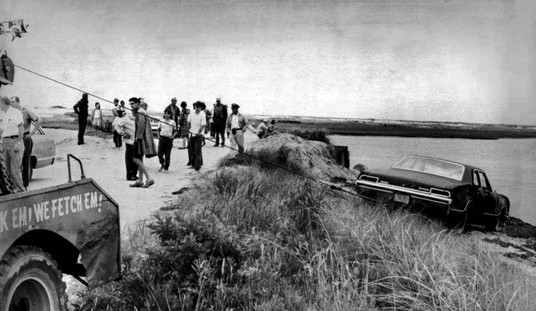
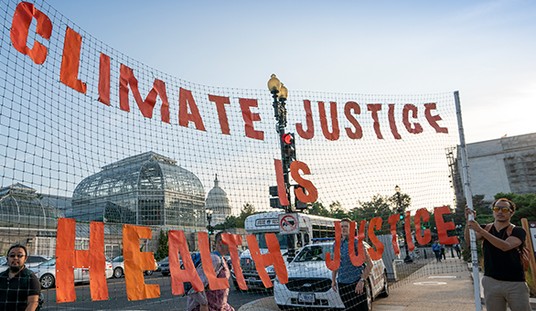


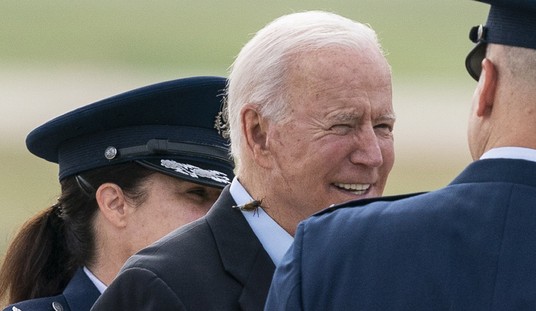
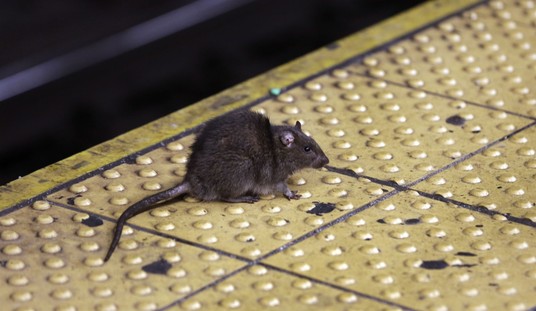
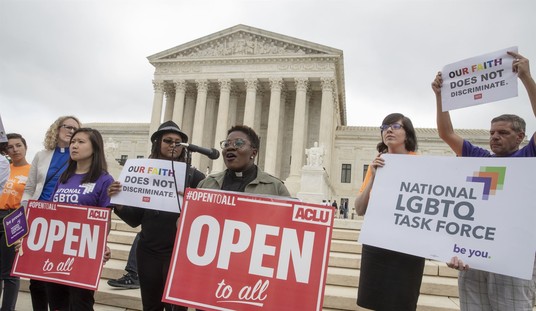

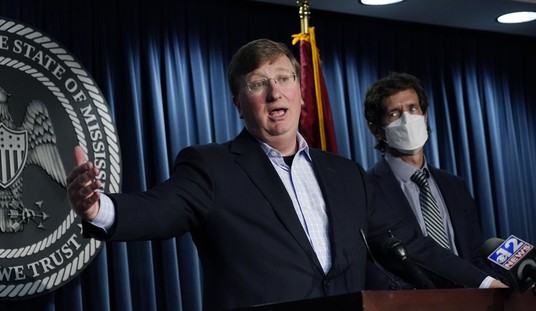
Join the conversation as a VIP Member